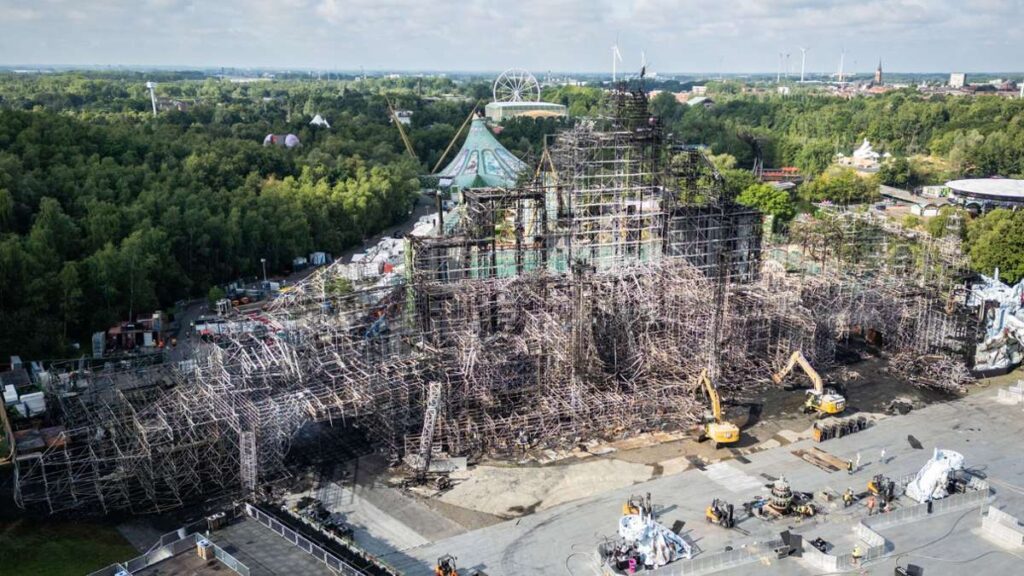
Introduction to TML
Transportation Management Logistics (TML) plays a critical role in optimizing supply chains and ensuring the efficient movement of goods. As global trade expands, understanding TML becomes increasingly important for businesses, health authorities, and economists alike. Recent developments and innovations in the sector continue to shape how companies manage logistics, drive down costs, and improve service delivery.
Recent Developments in TML
In 2023, the transportation industry has witnessed significant shifts due to technological advancements and changing consumer behaviors. The rise of e-commerce has led to increased demand for efficient logistics solutions. Companies like Amazon and Walmart are investing in their transportation networks to ensure quick deliveries. Additionally, the use of Artificial Intelligence (AI) and big data analytics is streamlining operations, allowing for smarter routing and inventory management.
Furthermore, the push for sustainability has seen TML adopting greener practices. Electric vehicles are increasingly integrated into fleets, and companies are exploring innovative packaging methods aimed at reducing waste. These changes not only help in compliance with regulatory demands but also appeal to environmentally conscious consumers.
Challenges Facing TML
While innovation drives progress, the TML sector faces several challenges, including capacity constraints and rising fuel prices. The ongoing conflict in Ukraine has disturbed supply routes, causing delays and increased costs for many logistics providers. Moreover, the shortage of qualified drivers continues to pose a significant hurdle, as companies strive to meet evolving consumer expectations. Overcoming these challenges requires adaptive strategies and a commitment to modernizing practices.
Conclusion
As we look to the future, TML will continue to evolve in response to both challenges and opportunities. Businesses need to invest in technology and adopt new practices to stay competitive. Moreover, fostering collaboration between logistics providers and customers will be key to navigating the complexities of modern supply chains. For readers, understanding the trends and innovations in TML can provide valuable insights into how goods are managed and delivered in an increasingly complex marketplace.



